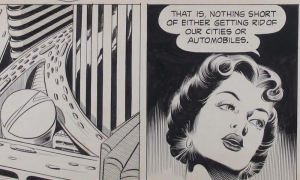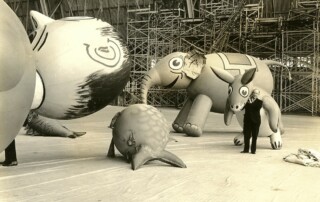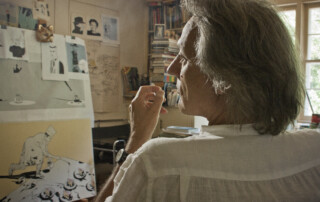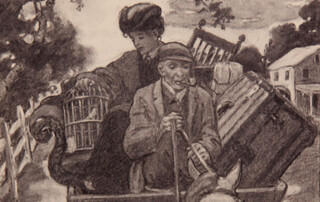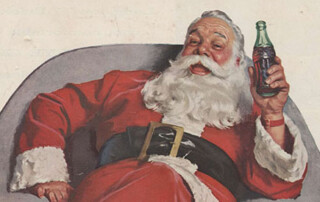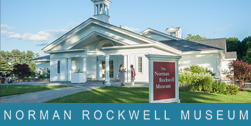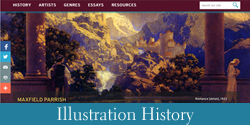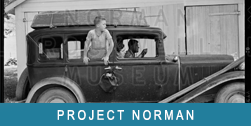ONLINE SYMPOSIUM: Illustration, Puppetry, and American Popular Culture: The Art and Legacy of Tony Sarg
October 20-21, 2023
Organized by the Rockwell Center for American Visual Studies at the Norman Rockwell Museum in Stockbridge, Massachusetts and the American Theater for Puppetry Arts in Austerlitz, New York, this interdisciplinary symposium brings together artists, puppeteers, and scholars from across the humanities to explore the life, art and adventures of Tony Sarg (1880-1942), the charismatic illustrator, designer, puppeteer, and entrepreneur whose prolific career sheds light on the creative imagination and the ability of artists to inspire a collective sense of wonder and joy.
Gifted illustrator – Istvan Banyai
We were saddened at the Norman Rockwell Museum to recently learn of the passing of gifted illustrator, Istvan Banyai, whom we had the pleasure of working with.
The Red Rose Girls: An alliance for artistic success
During an era when women were expected to get married, raise children, and manage a household, Elizabeth Shippen Green (1871-1954), Jessie Wilcox Smith (1863-1935), and Violet Oakley (1874-1961) chose to pursue careers in the arts. In 1897, these three women enrolled in famed illustrator Howard Pyle’s (1853-1911) class at the School of Illustration at the Drexel Institute, Philadelphia where they formed a bond. The women rook residence at the Red Rose Inn; hence their moniker.
Santa in Illustration
Back in the 1800’s, the image of Santa Claus was not portrayed as the round, jolly, bearded man that we know today. Throughout the latter half of the 19th century, Santa morphed through a variety of different looks. He was initially depicted as a thin elf-like man dressed in green, who was focused on protecting children and sailors. At other times, he appeared skinny and gaunt, with a scraggly beard and, while he may have worn a red coat, he sometimes wore a different colored hat, trimmed in black.

Essays on Illustration
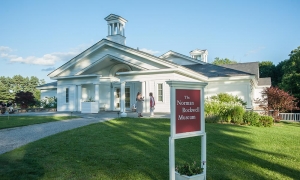
Rockwell Center Fellowships
